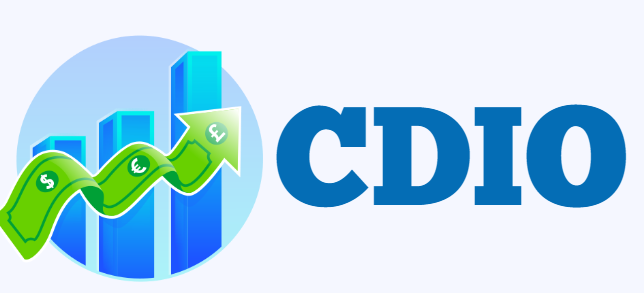Canada FPT Payment Dates: Everything You Need to Know

Most recent news: The Canada FPT Payment, which is another name for the Federal-Provincial-Territorial (FPT) tax credit, is an important benefit that the federal government of Canada offers to qualified taxpayers. Based on the taxpayer’s income tax return, the Canada Revenue Agency (CRA) is making this payment.
Understanding Canada FPT Payment Dates
Eligible beneficiaries receive payments from the Canada FPT Payment either monthly or quarterly. These disbursements aim to support taxpayers and stimulate the economy. Let’s go more into the specifics to acquire a thorough grasp of the Canada FPT Payment Dates and their importance.
Recipient Eligibility and Payment Structure
The taxpayer’s marital status, the number of children, and the age of the children are among the elements that determine their eligibility and the amount of the FPT payment. This payment includes a number of tax credits that are specifically designed to help the beneficiaries. It is given out in response to the person’s eligibility for several province-specific programs, such as the Canada Child Benefit (CCB) and the Goods and Services Tax/Harmonized Sales Tax (GST/HST).
Deciphering FPT Payments
The FPT payment is a combination of payments from the territorial and provincial governments, and it is sometimes shown as “Canada FPT Payment” on bank statements. The amount of this payment is dependent on the recipients’ involvement in applicable programs and government initiatives, such as the GST, HST credit, and Child Care benefits. Recipients get this payment after completing their income tax returns.
Unveiling the FPT Payment Dates
There is a close relationship between individual tax benefits and the distribution of FPT payments. GST/HST payments are typically made on a quarterly basis. The January 5, April 5, July 5, and October 5 FPT payment dates for 2024 are set.
Eligibility Criteria for Receiving Canada FPT Payment
To qualify for the Canada FPT Payment, individuals must meet specific eligibility criteria, including:
- Being at least 19 years old.
- Marital status or Common-Law Partner (CLP).
- Canadian residency.
- Having children living with them to receive the Canada Child Benefit (CCB) from FPT.
- Possessing a Social Insurance Number (SIN).
- Completing an annual income tax filing with the CRA.
For qualified individuals to receive the Canada FPT Payment straight into their bank accounts, they must file their income tax returns.
Who Should be Informed About the Canada FPT Payment?
The payment of the Federal, Provincial, and Territorial tax credit should be known to all taxpayers. The FPT payment is automatically sent by the Federal Government to eligible recipients in accordance with each person’s unique situation. The amount awarded differs for singles, married people or Common-Law Partners (CLP), and children under the age of 19. The amount is dependent on marital status and the number of children. With an emphasis on promoting children’s education and wellbeing, these payments are intended to give taxpayers with lower and moderate incomes additional financial support.
In Conclusion
In order to give qualified taxpayers the necessary financial assistance, the Canada FPT Payment is vital to the general welfare and development of people and families. Taxpayers can make sure they get the assistance they need by being aware of the FPT payment dates and the qualifying requirements.
FAQs
Q: What are the eligibility criteria for receiving the Canada FPT Payment?
In order to be eligible for the Canada FPT Payment, a person must fulfill certain requirements, such as being a resident of Canada, being at least 19 years old, having a Social Insurance Number (SIN), and filing a yearly income tax return with the CRA.
Q: How often are the FPT payments disbursed?
Eligible beneficiaries receive payments from the Canada FPT Payment either monthly or quarterly.
Q: How does the FPT payment aim to support taxpayers?
With an emphasis on promoting children’s education and wellbeing, the FPT payment seeks to give taxpayers with lower and moderate incomes more financial support.
